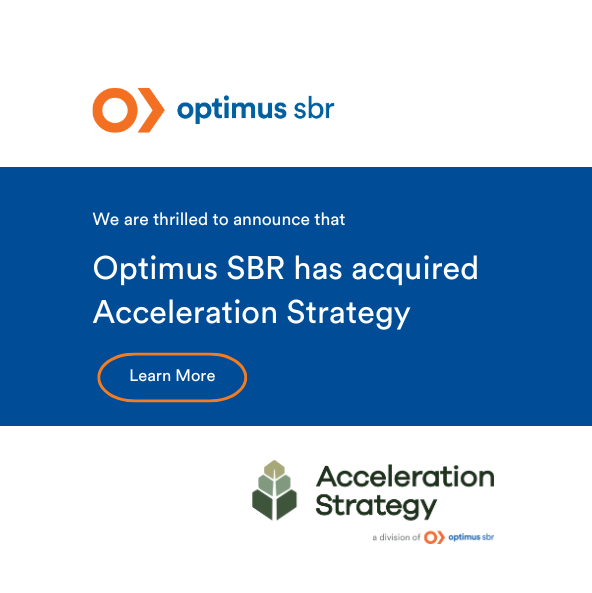
Learning & Development
Change Management
What is Change Management & How to Overcome Resistance to Change
Learning & Development
Change Management
What is Change Management & How to Overcome Resistance to Change
By taking a proactive and strategic approach, leaders can create an environment that not only tolerates change but welcomes it.
7 Minute Read
Learning & Development
How to Train Managers to Give Feedback That Inspires and Motivates
Learning & Development
How to Train Managers to Give Feedback That Inspires and Motivates
Feedback training is an investment in employees worth making. Not only is it essential for your employees' growth, but it also has a huge impact on employee engagement, performance, and retention across all levels of your organization.
7 Minute Read
Company News
Optimus SBR Acquires Acceleration Strategy (ASI)
Company News
Optimus SBR Acquires Acceleration Strategy (ASI)
We are thrilled to welcome ASI, a Leader in customer and employee experience management.
2 Minute Read
Case Studies
Financial Services
Process Management
Transforming Content Creation Processes Propels Efficiency, Consistency, and Growth for a Financial Leader
Case Studies
Financial Services
Process Management
Transforming Content Creation Processes Propels Efficiency, Consistency, and Growth for a Financial Leader
Rethinking and redesigning an organization’s operating model to improve scalability and take advantage of leading technology to deliver exceptional results.
2 Minute Read

Industry Insights
Service Insights
Case Studies
Company News